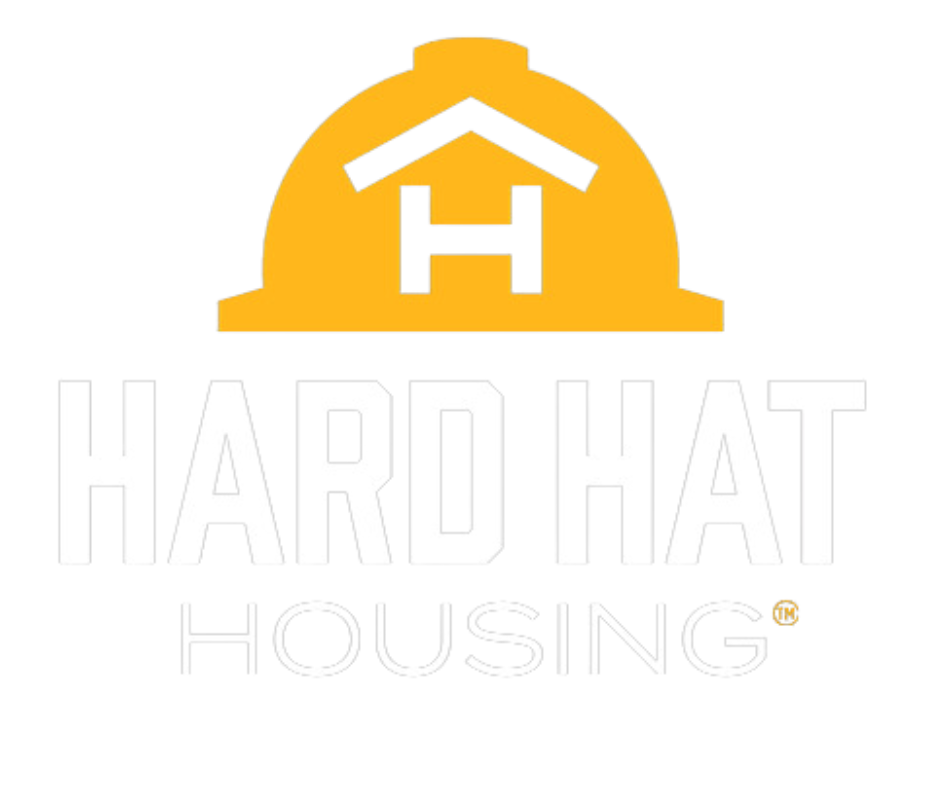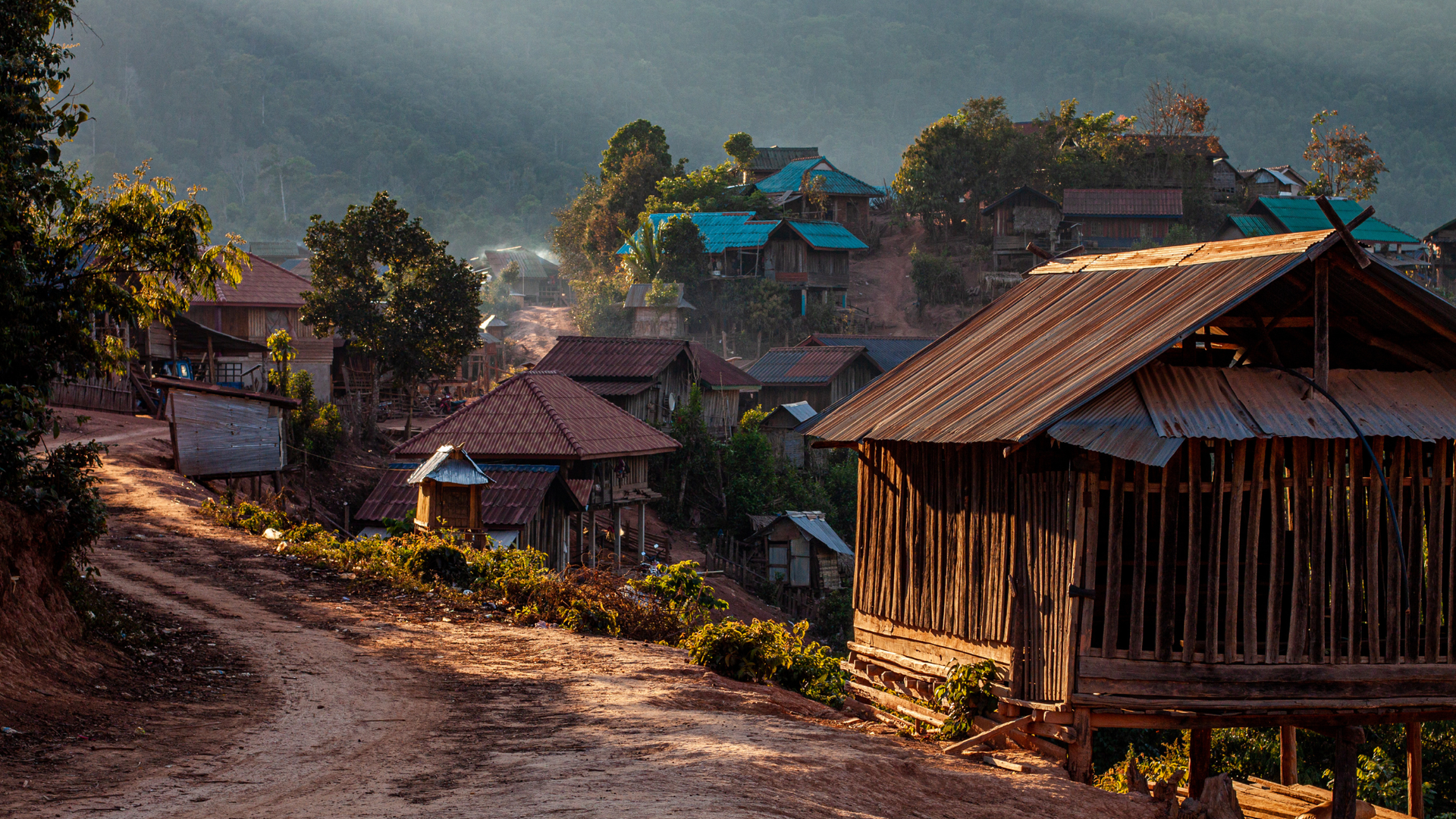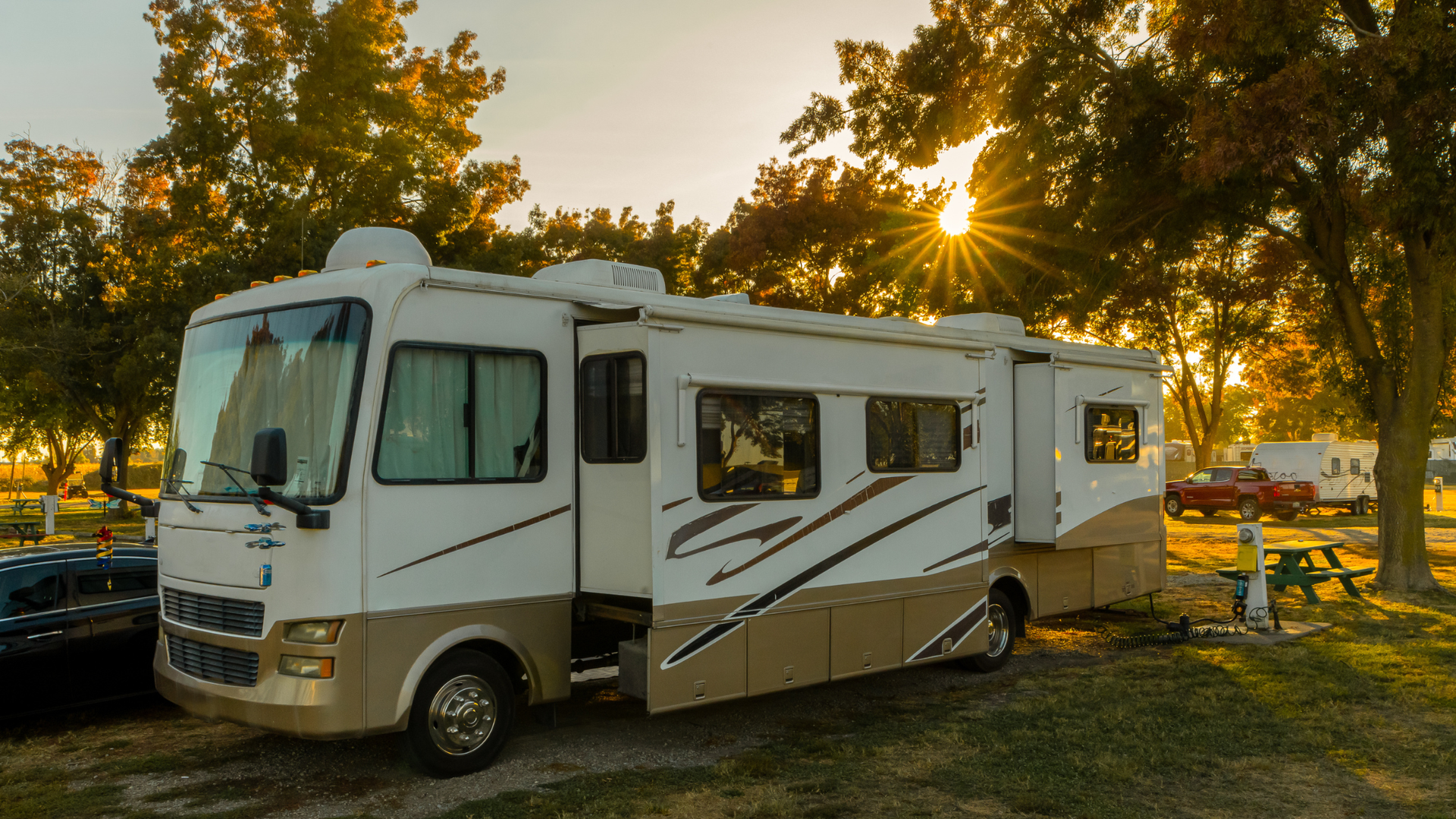The Hidden Costs of Overlooking Crew Housing
When most people think about construction, the first things that come to mind are hard hats, steel beams, blueprints, and job site safety protocols. What rarely comes up in the conversation is something that can make or break a project just as much as a crane or a crew: the living conditions of the workers themselves.
For years, housing for workers has been treated as an afterthought. A bunkhouse, a motel, or—if nothing else—“just somewhere to sleep.” But anyone who’s worked a 10-hour day in the blazing sun or the freezing cold knows: the place you come back to at night determines how ready you’ll be to show up the next day.
Poor living conditions don’t just inconvenience workers. They ripple out into every corner of the job: productivity, safety, morale, health, and even the long-term success of a project.
At Hard Hat Housing, we’ve seen firsthand the difference between crews who have clean, comfortable, reliable housing and those who don’t. And the gap is huge. In this article, we’ll unpack how poor living conditions affect workers, why it matters to everyone (from project managers to homeowners), and what can be done to change it.
What Do We Mean by “Poor Living Conditions”?
Poor living conditions can look different depending on the context, but for construction crews and traveling workers, they often include:
- Overcrowded housing – too many workers crammed into a small space, often sharing beds or sleeping in shifts.
- Inadequate sleeping arrangements – old mattresses, couches, or floors instead of proper beds.
- Lack of privacy – no separation between personal spaces, leading to stress and conflict.
- Poor sanitation – limited access to showers, bathrooms, or laundry facilities.
- Unreliable climate control – sweltering in summer, freezing in winter, no regulation at all.
- Unsafe or unclean environments – mold, pests, structural problems, or unsafe neighborhoods.
- No kitchen access – forcing crews to eat out daily or live off microwaved meals.
- Distant from the job site – long commutes eating into rest time.
It doesn’t take much imagination to see how any of these can weigh on a worker after days, weeks, or months away from home. But let’s break down the specific ways these conditions impact workers and, by extension, the projects they’re working on.
1. Poor Living Conditions Reduce Worker Productivity
A tired worker is a less productive worker. It’s as simple as that.
Studies prove that workers who get fewer than 6 hours of quality sleep are less effective the next day. That means slower work, more mistakes, and less energy to push projects forward.
Now imagine a crew of 20 all running on poor sleep. The project timeline stretches out. Costs rise. Deadlines get missed.
It’s not because the workers lack skill or dedication—it’s because their living situation is draining them.
2. Poor Housing Increases Safety Risks
Construction is already one of the most dangerous industries in the world. Add fatigue, stress, and poor health into the mix, and the risks skyrocket.
The National Safety Council reports that fatigue is a factor in up to 13% of workplace accidents. For construction crews operating heavy machinery, working at heights, or handling power tools, that number should be alarming.
How it plays out on the ground:
- A worker misjudges a measurement because they’re mentally foggy.
- Someone operating a forklift reacts a second too late.
- A roofer slips because they’re physically worn out.
All of these scenarios can—and do—lead to injury or even death. And too often, they can be traced back to poor rest and poor living conditions.
3. Poor Living Conditions Damage Worker Health
Living in substandard housing isn’t just uncomfortable—it has direct, measurable effects on physical and mental health.
- Respiratory issues – Mold, poor ventilation, and pests can trigger asthma, chronic cough, and infections.
- Musculoskeletal strain – Sleeping on old mattresses, couches, or floors leads to back and joint problems.
- Poor diet & nutrition – No access to kitchens = reliance on fast food, which impacts energy levels, weight, and long-term health.
- Mental health decline – Overcrowding, lack of privacy, and unsafe conditions lead to stress, anxiety, depression, and burnout.
In fact, the World Health Organization has linked inadequate housing to higher rates of cardiovascular disease, injuries, and poor mental health—all of which show up on the job in the form of absenteeism, medical leave, and turnover.
4. Poor Housing Hurts Morale and Retention
A worker who feels like “just another cog” will eventually look for better opportunities. And nothing communicates disregard quite like being placed in poor living conditions.
When crews are shoved into unsafe, dirty, or cramped housing, the message is clear: their well-being isn’t valued. That breeds resentment, frustration, and eventually—attrition.
The Cost of Turnover
Replacing a single worker can cost a company between $6,000 and $15,000 once you factor in recruiting, on-boarding, and training. Multiply that across a crew of 50 with high turnover, and the cost of poor housing becomes staggering.
On the flip side, when workers are housed well, they feel respected. They’re more likely to stay with the company, return for future projects, and perform at a higher level.
5. Poor Housing Extends Project Timelines
Delayed projects are a nightmare for everyone—owners, contractors, and communities alike. And one overlooked reason for delays? Crew fatigue caused by poor housing.
If workers aren’t able to rest properly, they simply can’t maintain the same pace or quality over time. Productivity slows, rework increases, and absenteeism rises.
A job projected for 6 months can easily stretch to 8 or 9—not because of weather or supply chain issues, but because workers are worn down by their living conditions.
6. Poor Living Conditions Affect Communities Too
This issue goes beyond individual workers or even companies. When construction crews live in poor conditions:
- Local economies suffer – Workers spend less locally when they’re stretched thin by long commutes or high hotel costs.
- Public perception declines – Communities notice when crews are crammed into unsafe housing or makeshift accommodations. It reflects poorly on the contractors and developers behind the project.
- Infrastructure takes longer to finish – From schools to hospitals to roads, communities wait longer for projects they desperately need.
Better housing doesn’t just benefit workers—it benefits the entire ecosystem.
7. Poor Housing Is More Expensive in the Long Run
One of the biggest myths in construction is that cutting corners on housing saves money.
Yes, a crowded bunkhouse or low-budget motel might seem cheaper upfront. But the hidden costs quickly add up:
- Higher accident rates → medical expenses, lawsuits, insurance premiums.
- Slower productivity → missed deadlines, penalties, reputation damage.
- Higher turnover → recruiting and training costs.
- Poor morale → lower quality work, re-dos, and missed details.
When you add it all up, investing in proper crew housing is cheaper than dealing with the fallout of poor housing.
How to Fix It: Better Housing for Workers
So what’s the solution? It comes down to making crew housing a priority, not an afterthought.
What Better Housing Looks Like:
- Private or semi-private rooms for adequate rest.
- Full kitchens for healthy, home-cooked meals.
- Laundry on-site to save time and reduce stress.
- Safe, secure environments with proper locks, lighting, and detectors.
- Proximity to the job site to minimize long commutes.
- Reliable climate control and Wi-Fi for comfort and connection.
This isn’t luxury—it’s baseline comfort that keeps workers safe, healthy, and productive.
Poor living conditions affect workers more than most people realize. They drain productivity, increase safety risks, damage health, lower morale, extend timelines, and ultimately cost more than they save.
For construction crews, housing is not a perk. It’s not “nice to have.” It’s
a critical part of the project’s success.
At Hard Hat Housing, we’ve built our entire mission around this truth. We don’t just find places for crews to stay—we make sure those places allow them to rest, recover, and return ready to work. Because when crews have housing that works for them, they can build better for all of us.
Partner with Hard Hat Housing now by filling out this form.













